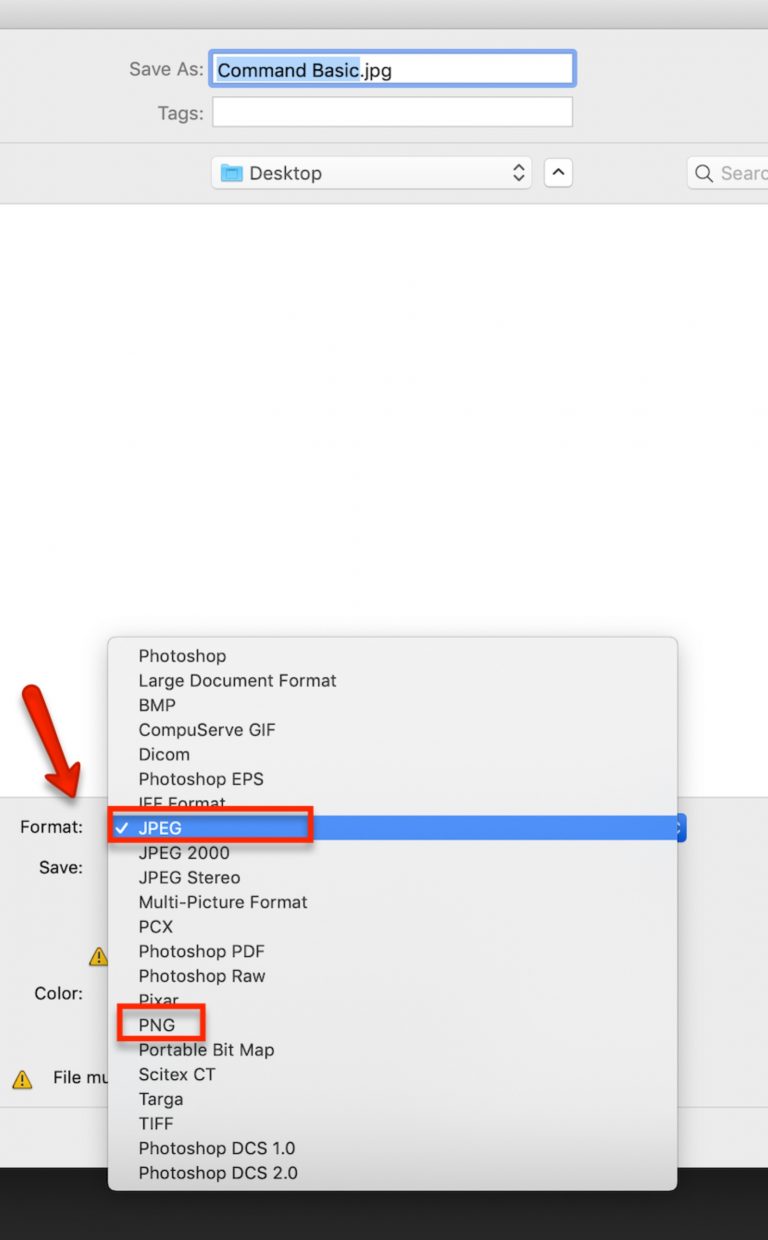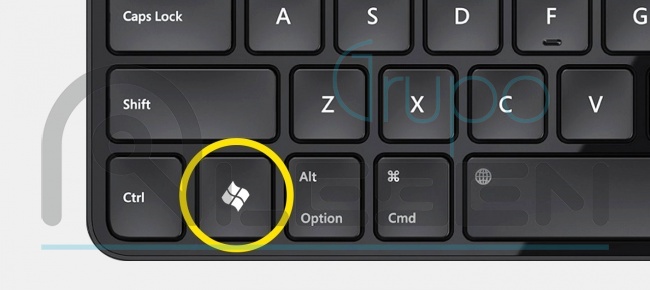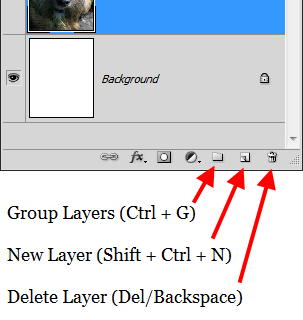
- #Photoshop shift command e full#
- #Photoshop shift command e series#
- #Photoshop shift command e free#
- #Photoshop shift command e mac#
instead of navigating to Gaussian Blur with your mouse from the drop down Filters menu, you can set your own Custom Keyboard Shortcut. Let’s say you use the filter Gaussian Blur on almost all of your Photoshop projects. Create Your Own Custom Keyboard Shortcuts
#Photoshop shift command e full#
Link to a full Keyboard Shortcut Cheat Sheet here. Duplicate a selected layer : Cmd/Ctrl + J.


Disable a layer mask: Shift + Click on a Layer Mask.Invert a selected layer or selected layer’s mask: Cmd/Ctrl + I.To move an object and return to a previous tool quickly: Hold down Cmd/Ctrl.
#Photoshop shift command e mac#
For the following example shortcuts, use Command (Cmd) on a Mac and Control (Ctrl) on a PC. Keep in mind that Photoshop Keyboard Shortcuts are going to be different on a Mac vs. You don’t need to overwhelm yourself with tons of these shortcuts all at once, just pick out 10 or so to practice using in Photoshop on a daily basis. To start working more efficiently in Photoshop, start with learning a handful of basic Photoshop Keyboard Shortcuts. Keyboard shortcuts eliminate all those repetitive mouse clicks that slow you down when editing photos or creating graphics in Photoshop. Learn to Use Keyboard Shortcuts Like a Boss –Use Option/Alt with the Transform Again shortcut to create the additional replicated objects.1. –Use the Option/Alt key when creating the first transformation.
#Photoshop shift command e series#
Just about any time you need to create a series of identical elements distributed evenly, you can use this step and repeat technique. Or perhaps you need to create a brick wall: Okay, so that’s all well and good, but how often do you need pawprints? You can also use “step and repeat” to, for example, create a dozen marks around a central point, evenly spaced, to represent the face of a clock: You can Command-click (Mac) or Control-click (Windows) on the layer thumbnail in the Layers palette to select the content of the layer. NOTE: If you don’t want to create separate layers for each copy, make a selection of the original objects before performing the first transformation. (In versions of Photoshop prior to CS2, link your layers and use the Layers palette menu command Merge Linked.) And you can, of course, select all of your object layers and merge them into a single layer with the shortcut Command-E (Mac) or Control-E (Windows). Pressing Option-Shift-Command-T (Mac) or Alt-Shift-Control-T (Windows) three times gives us a series of pawprints.Īfterward, you can manipulate any individual copy of the object by selecting that layer in the Layers palette. Again, if we add the Option/Alt key to the combination, we duplicate and transform rather than repeating the transformation on the previously-transformed content.

Now here’s where it gets easy! The keyboard shortcut for Edit> Transform Again (which repeats the previous transformation, Move in this case) is Shift-Command-T (Mac) or Shift-Control-T (Windows). With the transform bounding box active, click on the layer content and drag to duplicate and reposition.

This will give us the next pair of pawprints. Adding the Option/Alt key to the shortcut enables to make and transform a copy of the pixels rather than transforming the original.
#Photoshop shift command e free#
Hold down the Option/Alt key and press the keyboard shortcut for Edit> Free Transform, Command-T (Mac) or Control-T (Windows). Select the first button to create shape layers, the middle button to create work paths, the third – the one we need for this example – to add pixels to the active layer.) (Remember that the Custom shape tool’s behavior is governed in the Options bar with three buttons. I added a new empty layer to the image, then used the Custom Shape tool to create a couple of paw prints. Let’s work with the example of creating a series of evenly spaced pawprints. However, you can indeed replicate a step-and-repeat technique in Photoshop. Typically step and repeat is used in an object-oriented program, such as InDesign, rather than in a pixel-based editor, such as Photoshop. “Step-and-repeat” is the term used for the process of duplicating an object and spacing.


 0 kommentar(er)
0 kommentar(er)
